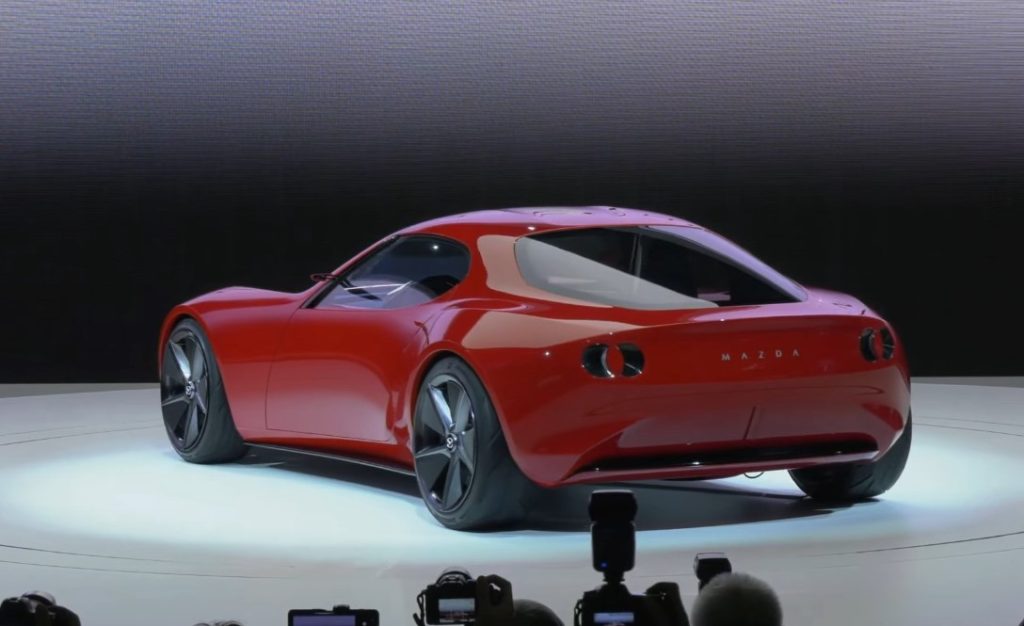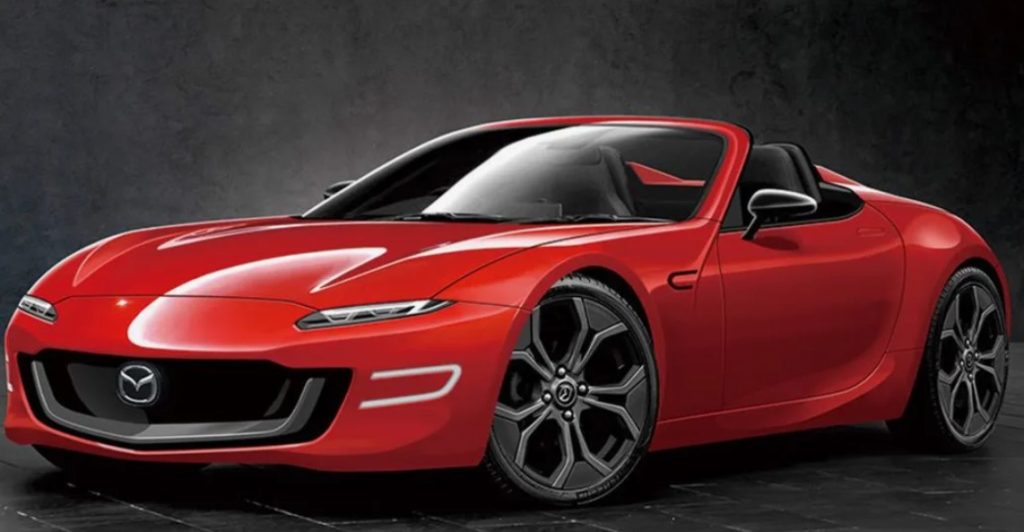Mazda has long been celebrated for its ability to create a seamless connection between the driver and the vehicle, a philosophy known as “Jinba Ittai,” or “horse and rider as one.” This unique approach has helped Mazda cars gain immense popularity worldwide, encouraging many to buy Mazda vehicles. Among Mazda’s many innovations, the rotary engine stands out as a significant milestone in automotive engineering, reflecting the company’s relentless pursuit of innovation and performance.
The Birth of the Rotary Engine
The journey of Mazda’s rotary engines began in the early 1960s. German engineer Felix Wankel first conceptualized the rotary engine, leading to the development of a basic design by the German company NSU. Under a licensing agreement, Mazda engineers took this concept and significantly improved it, creating a compact and powerful unit. The result was a series of revolutionary engines that powered Mazda vehicles from 1967 to 2012.
The First Production Rotary Engine Car: Cosmo Sport
Mazda’s first production car featuring a rotary engine was the Cosmo Sport, introduced in 1967. This vehicle immediately garnered attention for its futuristic design and impressive performance. The Cosmo Sport set the stage for Mazda’s future rotary engine endeavors, demonstrating the potential of this innovative powerplant. Its sleek, aerodynamic design and high-revving engine made it a symbol of technological advancement and driving pleasure.

The Iconic Mazda RX-7
In 1978, Mazda launched the RX-7, a car that would become a true icon in the automotive world. The RX-7 was incredibly light and agile, making it a favorite among racers and driving enthusiasts. Its rotary engine provided high performance and a unique driving experience, cementing its place in automotive history. The RX-7’s success on the track and in popular culture, including appearances in numerous movies and video games, further solidified its legendary status.
The Advanced Mazda RX-8
Continuing the legacy, Mazda released the RX-8 in 2003. This model featured a more powerful and advanced rotary engine, showcasing Mazda’s continued commitment to innovation and performance. The RX-8 combined the thrilling performance of a sports car with the practicality of a four-door coupe, making it a versatile and beloved vehicle. Its distinctive freestyle doors and balanced weight distribution offered both aesthetic appeal and functional advantages.
The Mechanics of the Rotary Engine
The design of the rotary engine is fundamentally different from that of traditional piston engines. It consists of three main elements:
1. Rotor: The rotor has three convex surfaces with recesses that increase the working volume. The rotor’s corners are equipped with unidirectional sealing plates, sealing the space formed by the rotor and the chamber walls.
2. Housing (Stator): This complex, multi-layer structure comprises covers, working chambers, and dividing walls. The combustion chambers are closed on both sides by covers and divided by a central wall.
3. Output Shaft: Equipped with two eccentrics to install two rotors operating in antiphase, this design minimizes shaft runout and detonation.
How the Rotary Engine Works
The operation of a rotary engine involves four key stages:
1. Intake: As one of the rotor peaks passes through the intake valve, the fuel-air mixture is drawn into the expanding space formed by the rotor and the chamber wall.
2. Compression: The rotor’s rotation decreases the volume of this space, increasing the pressure of the fuel-air mixture. The maximum pressure is achieved when the spark plugs enter the area with the compressed mixture.
3. Working Stroke: The spark plugs ignite the fuel-air mixture, creating an explosive wave that rotates the rotor. This rotation transmits torque to the eccentric shaft.
4. Exhaust: When the rotor peak passes the outlet, exhaust gases are expelled from the chamber.
This working cycle consists of four strokes, which continuously replace each other as the rotor rotates.

Advantages of the Rotary Engine
The rotary engine offers several advantages over traditional piston engines:
Low Vibration Level: The engine is mechanically balanced, enhancing the comfort of lightweight vehicles. This low vibration contributes to a smoother and more enjoyable driving experience.
High Dynamic Performance: The engine can achieve high speeds in low gear without excessive load, allowing for impressive acceleration. This characteristic makes rotary engines particularly well-suited for sports cars and high-performance applications.
High Specific Power: The rotary engine’s shaft speed is approximately twice that of a four-stroke piston engine. This results in higher power output from a smaller engine displacement, contributing to the rotary engine’s impressive performance.
Compact Size and Light Weight: With fewer parts than a piston engine, the rotary engine lacks a massive cylinder block, pistons with connecting rods, and a timing drive. This results in smaller dimensions and lighter weight, contributing to better weight distribution and vehicle stability. The compact nature of the rotary engine also allows for more flexible vehicle design and packaging options.
Challenges and Discontinuation
Despite its many advantages, the rotary engine faced several challenges that led to its discontinuation. These included increased oil consumption, a relatively low service life, and difficulties in meeting stringent environmental standards. The unique design of the rotary engine required special maintenance and care, which could be a barrier for some owners. Additionally, the inherent inefficiencies in fuel consumption and emissions made it difficult for the rotary engine to comply with evolving environmental regulations.
The Future of Mazda Rotary Engines
Mazda has not entirely abandoned the rotary engine. The company continues to explore its potential, particularly in hybrid and electric vehicles. This ongoing experimentation underscores Mazda’s commitment to innovation and its dedication to creating a harmonious and unified driving experience. In recent years, Mazda has announced plans to use rotary engines as range extenders for electric vehicles, leveraging their compact size and high power output to improve the performance and range of electric cars.
Conclusion
Mazda’s rotary engines have left an indelible mark on automotive history, showcasing the brand’s ingenuity and passion for engineering excellence. From the pioneering Cosmo Sport to the iconic RX-7 and the advanced RX-8, Mazda’s rotary engines have provided drivers with a unique and exhilarating driving experience. As Mazda continues to innovate, the legacy of the rotary engine remains a testament to the company’s relentless pursuit of perfection and its ability to create cars that truly connect with their drivers.
Mazda’s commitment to “Jinba Ittai” ensures that every vehicle is designed to enhance the driver’s connection with the road, providing a driving experience that is both engaging and harmonious. Whether through the innovative rotary engine or future advancements in hybrid and electric technology, Mazda remains dedicated to pushing the boundaries of automotive engineering and delivering exceptional vehicles to drivers around the world.

I am an accomplished coder and programmer, and I enjoy using my skills to contribute to the exciting technological advances that happen every day.
